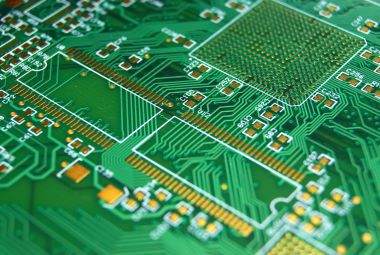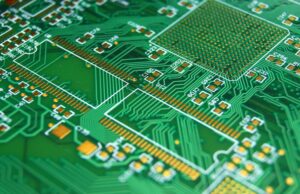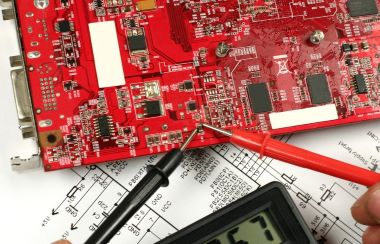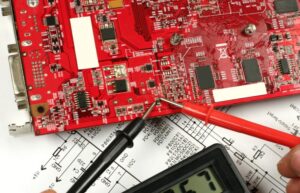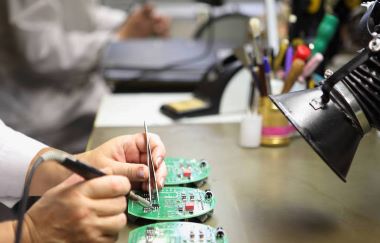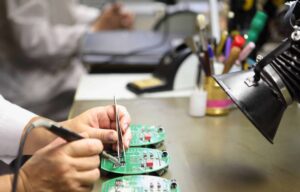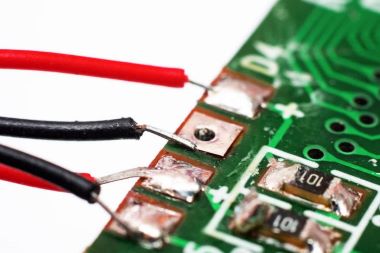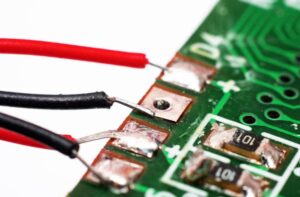What is ENIG?
Typically, the default surface finish for PCBs is HSAL. For organizations with more demanding applications and/or requiring the latest PCB designs, Electroless Nickel Immersion Gold (or ENIG) is proving to be one of the most popular finishes on the market today. Because ENIG finishes do not contain lead, they are also a smart choice for companies wishing to comply with the Restriction of Hazardous Substances (or RoHS) Directive 2002/95/EC.
ENIG finishes are well known in the PCB industry because they offer the following advantages over other types of surface finishes such as HASL and dip tin.
- Flat surface
- Long shelf life
- Suitable for fine pitch SMT parts
No surface finish is without its drawbacks though, and with ENIG finishes, the risk of black pad problems poses a real threat to the operation of any ball grid array (or BGA) assembly or other item attached to the PCB.
What are ENIG black pads?
Simply put, a black pad is a poor connection that occurs between the solder and nickel interface. While many believe this phenomenon is relatively rare – by some estimates, it occurs in less than 1% or 2% of ENIG PCBs – the fact that black pad problems are usually not detected until the assembly process begins makes finding this error costly to discover and correct at the post-manufacturing stage.
Causes of ENIG black pads
Black pads are the result of the immersion gold and chemical nickel plating process. The process can create defective joints that, when stressed, break their connections and the resulting open circuit exposes a layer of corroded, dark nickel, hence the name black pad.
According to recent studies and industry reports, black pads are the result of high levels of phosphorus, a by-product of nickel dissolution. The higher the phosphorus content, the greater the risk of nickel corrosion during the immersion/deposition process.
How to prevent ENIG black pads?
When it comes to black pads, they are rarely found during PCB manufacturing, but only during – or after – the assembly process when stress joints and open circuits become an identifiable and potentially catastrophic problem.
What’s more: Unless specialized nondestructive testing is performed on a problematic PCB, it is virtually impossible to detect black pads before attaching the component to the PCB. For this reason, preventing black pads becomes an important responsibility for PCB manufacturers and suppliers.
Since ENIG finishes cannot be reworked, the best way to solve the black pad problem is to prevent it from happening in the first place. This can be most effectively and reliably achieved by tightly controlling the nickel bath, with the exchange between gold and nickel as close to ideal as possible. A key factor in maintaining this control is careful monitoring of the pH in the nickel bath, as doing so will indicate the amount of phosphorus present.
Choose KingPCB as your PCB supplier
Why choose KingPCB as your PCB supplier is likely the smartest way to avoid black pad problems with ENIG finishes. From small to large volume orders, we are fully committed to providing you with PCBs that fully meet your expectations.
If the quality of your PCBs is critical to the success of your operation, contact us to learn more about the products and customer service you can expect from an industry-leading, superior rated PCB supplier.


